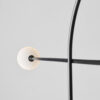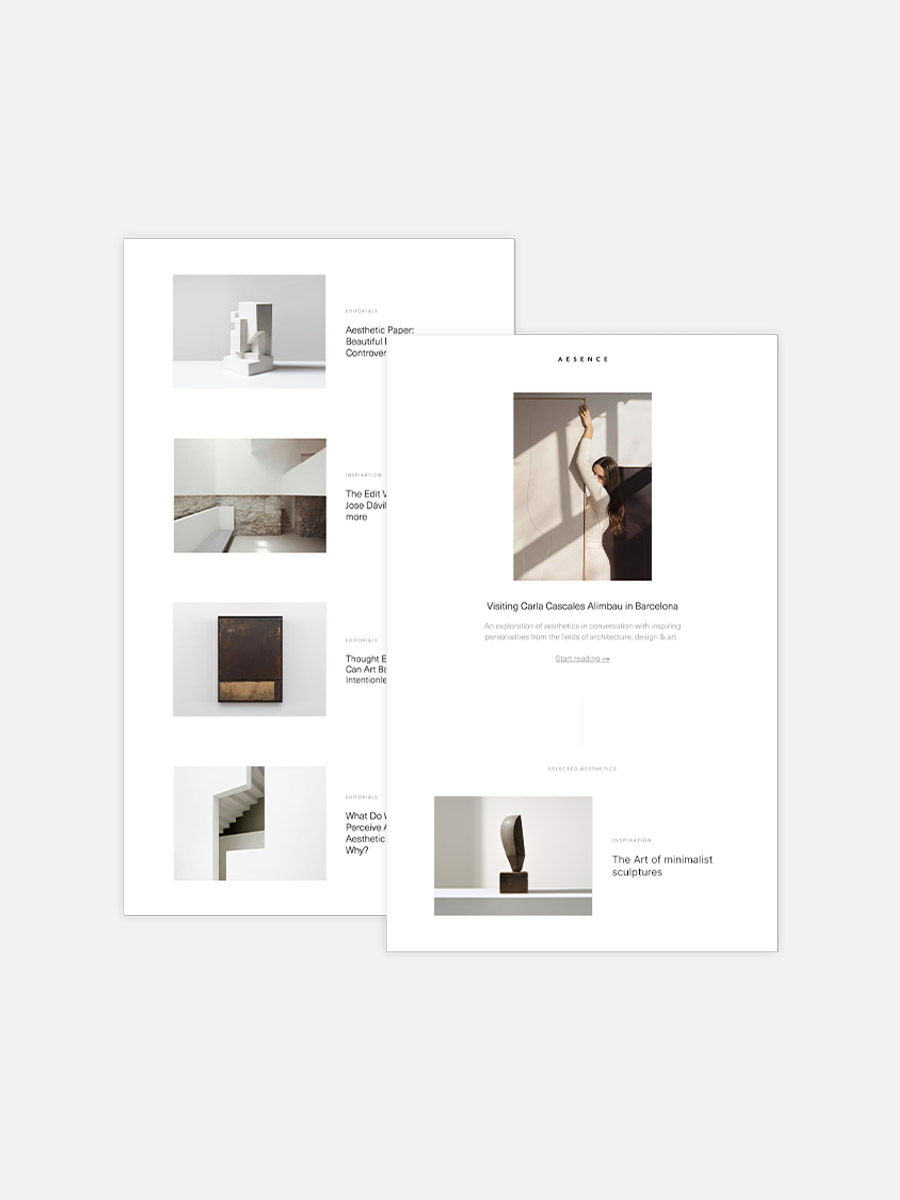Hans Steinbrenner (1928-2008) was a pioneering German sculptor. His talent for art and sculpture in particular was evident from a young age. He completed several studies (including commercial art and sculpture) in Offenbach, Frankfurt am Main, and Munich.
His first works, created in the late 1940s, were classically influenced individual and group sculptures. In the mid-1950s, in Paris, he met other sculptors such as Brâncuși and Laurens, who were a great inspiration to him. Over the years, he developed his work into an increasingly formulated reduction. In the 1960s his sculptures were geometric-abstract, rhythmically structured, and cuboid. He reduced the view of the human body to strictly geometric forms.
Hans Steinbrenner was inspired by nature and the human form, which is clearly expressed in his sculptures. His minimalist interpretations of the human figure and the natural world convey a timeless beauty, subtly combining both elements. “For Steinbrenner, art was not an experience of reality, but a man-made invention of reality.”1
Steinbrenner mainly used materials such as shell limestone, wood, and bronze. His works can be found on public paths and squares in Germany. His sculptures testify to his stylistic diversity and his ability to create works that evoke emotion and admiration.
The work of Hans Steinbrenner is an important part of German art history. His minimalist sculptures are characterized primarily by their clean lines, reduced forms, and emphasized simplicity. They are timeless, powerful as well as restrained and evoke a sense of mystery and beauty. He participated in exhibitions such as the documenta in Kassel and the World Exhibition in Osaka.
Hans Steinbrenner died in 2008 in Frankfurt, Germany. He developed a distinctive style throughout his career that made him an important representative of the Minimal Art movement.


